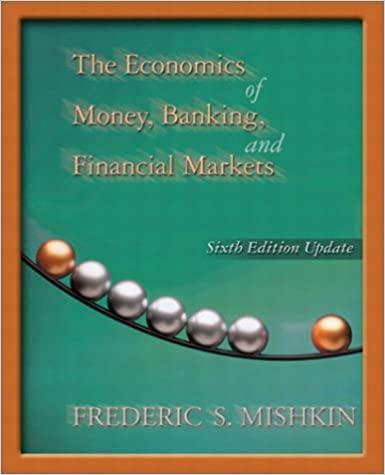Question
Quantitative Problem: Barton Industries estimates its cost of common equity by using three approaches: the CAPM, the bond-yield-plus-risk-premium approach, and the DCF model. Barton expects
Quantitative Problem: Barton Industries estimates its cost of common equity by using three approaches: the CAPM, the bond-yield-plus-risk-premium approach, and the DCF model. Barton expects next year's annual dividend, D1, to be $2.00 and it expects dividends to grow at a constant rate g = 4.6%. The firm's current common stock price, P0, is $20.00. The current risk-free rate, rRF, = 4.9%; the market risk premium, RPM, = 6.4%, and the firm's stock has a current beta, b, = 1.35. Assume that the firm's cost of debt, rd, is 12.26%. The firm uses a 3.4% risk premium when arriving at a ballpark estimate of its cost of equity using the bond-yield-plus-risk-premium approach. What is the firm's cost of equity using each of these three approaches? Round your answers to two decimal places.
| CAPM cost of equity: | % |
| Bond yield plus risk premium: | % |
| DCF cost of equity: | % |
What is your best estimate of the firm's cost of equity?
Step by Step Solution
There are 3 Steps involved in it
Step: 1

Get Instant Access to Expert-Tailored Solutions
See step-by-step solutions with expert insights and AI powered tools for academic success
Step: 2

Step: 3

Ace Your Homework with AI
Get the answers you need in no time with our AI-driven, step-by-step assistance
Get Started


